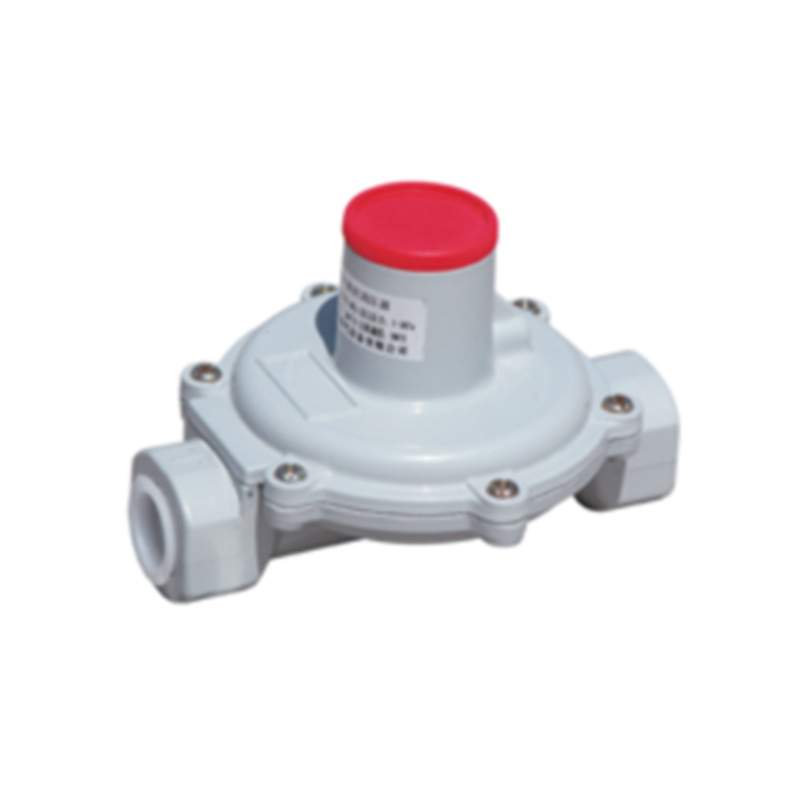
Jul . 28, 2024 09:09
Back to list
Optimal Management Strategies for Gas Distribution Stations Enhancing Efficiency and Safety in Operations
The Importance of Gas Distribution Stations
Gas distribution stations play a pivotal role in the energy infrastructure of modern economies. As societies continue to rely heavily on natural gas for heating, electricity generation, and industrial processes, the efficiency and safety of gas distribution systems have become paramount. This article explores the significance of gas distribution stations, their operations, and the challenges they face in a rapidly evolving energy landscape.
What is a Gas Distribution Station?
A gas distribution station is a facility designed to receive, regulate, and distribute natural gas to consumers. These stations serve as critical nodes in the gas supply chain, connecting high-pressure transmission pipelines to lower-pressure distribution networks. They typically feature equipment such as pressure regulators, flow meters, odorization units, and safety devices to ensure that the gas delivered to consumers is safe and meets quality standards.
Functionality and Operations
Gas distribution stations function primarily to reduce the pressure of gas coming from transmission pipelines before it enters local distribution systems. High-pressure gas can be dangerous and unsuitable for residential and commercial use, necessitating careful regulation to safe and usable levels. Once the gas is regulated, it is delivered through a network of pipelines to homes, schools, businesses, and industrial facilities.
Additionally, gas distribution stations often include odorization units that add a distinctive smell to natural gas, making it easier to detect leaks. This safety measure is crucial, as natural gas is colorless and odorless in its pure form. Regular maintenance and monitoring of gas distribution stations are vital to prevent leaks, which can lead to dangerous situations and significant economic losses.
Challenges in Gas Distribution
gas distribution station

The gas distribution sector faces several challenges, including aging infrastructure, regulatory compliance, and the increasing demand for sustainable energy solutions. Many gas distribution systems were built decades ago and require significant investment for upgrades and maintenance. Aging pipelines pose risks of leaks and ruptures, necessitating the implementation of advanced monitoring technologies and renewal programs.
Moreover, as governments around the world commit to reducing greenhouse gas emissions, the gas distribution industry is under pressure to adapt. There is a growing focus on integrating renewable energy sources, such as biogas and hydrogen, into existing infrastructures. Gas distribution stations must evolve to accommodate these new types of gases, which may require extensive modifications to existing equipment and practices.
The Future of Gas Distribution Stations
The future of gas distribution stations lies in their ability to innovate and adapt. Technologies such as smart meters, IoT (Internet of Things) devices, and advanced analytics are being incorporated to optimize operations and enhance safety measures. These advancements will enable real-time monitoring of gas flow and pressure, improving response times to potential issues.
Additionally, many gas distribution companies are exploring partnerships with renewable energy firms to create hybrid systems that can efficiently manage both traditional natural gas and greener alternatives. This transition will not only help reduce carbon footprints but also ensure energy security in the face of fluctuating demand and supply challenges.
Conclusion
Gas distribution stations are essential components of the energy framework that supports daily life and economic activity. As the world grapples with the challenges of climate change and the urgent need for sustainability, these stations will play a crucial role in the transition to a cleaner energy future. By embracing innovation and adapting to changing demands, gas distribution stations can continue to provide safe, efficient, and reliable energy to consumers, while also contributing to global emissions reduction efforts.
Latest news
-
Safety Valve Spring-Loaded Design Overpressure ProtectionNewsJul.25,2025
-
Precision Voltage Regulator AC5 Accuracy Grade PerformanceNewsJul.25,2025
-
Natural Gas Pressure Regulating Skid Industrial Pipeline ApplicationsNewsJul.25,2025
-
Natural Gas Filter Stainless Steel Mesh Element DesignNewsJul.25,2025
-
Gas Pressure Regulator Valve Direct-Acting Spring-Loaded DesignNewsJul.25,2025
-
Decompression Equipment Multi-Stage Heat Exchange System DesignNewsJul.25,2025

